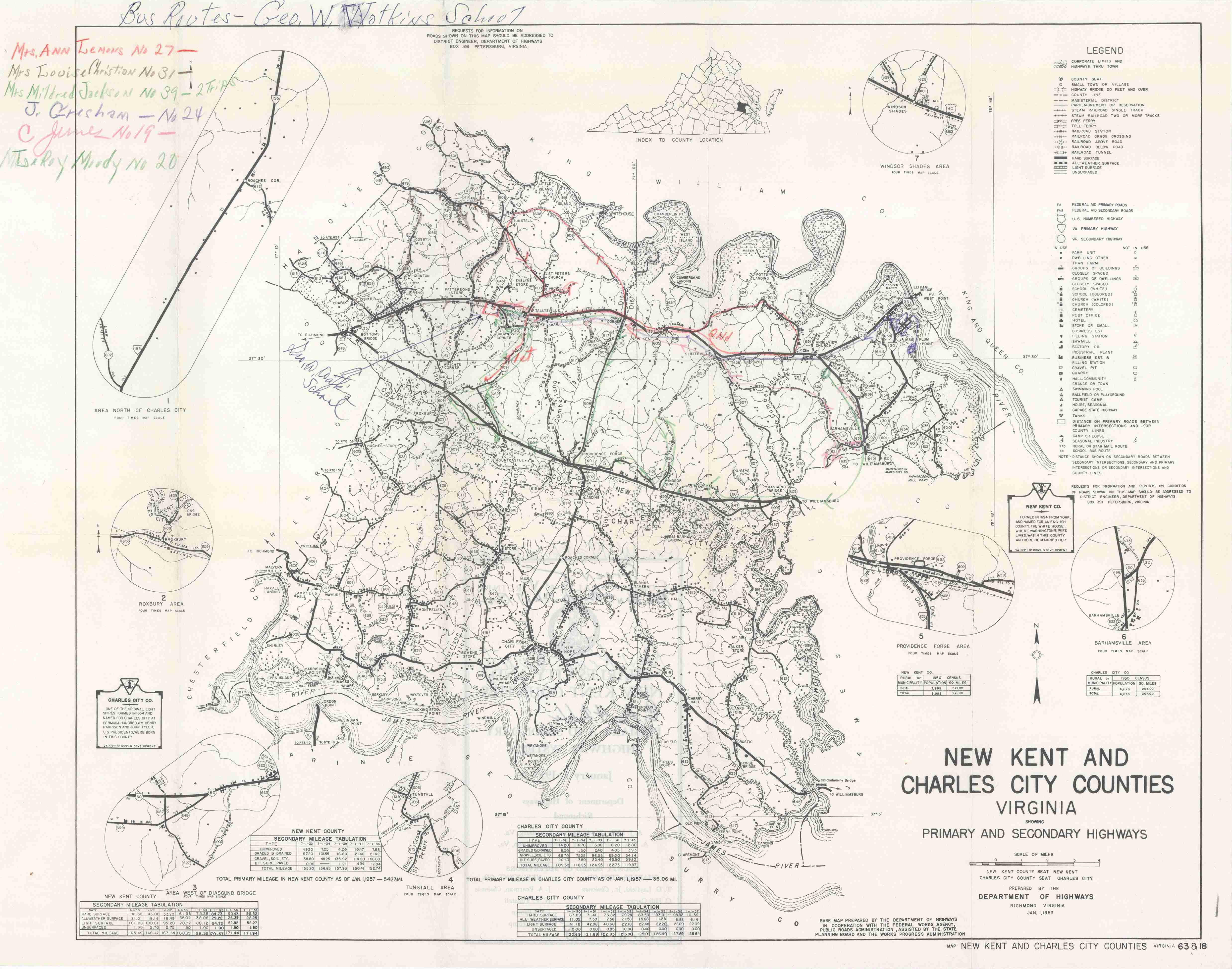Why was revision necessary?
The 1971 Virginia Constitution was introduced to replace the long–standing and seldom–changed Constitution of 1902. Aside from a revision in 1928, which was necessary to implement the 19th amendment prohibiting the denial of the right to vote based on sex, the law of Virginia reflected institutionalized segregation, restricted voting rights, and maintained racial and gendered inequality. Decades after the '28 revision, then Governor Mills E. Godwin, Jr. created a Commission on Constitutional Revision (CCR) in 1968 to reflect "recognition that Virginia's urbanization, industrialization, and growth in population had brought demands upon the government which required a careful reexamination of the organic laws." Essentially, the precedents set by the U.S. Supreme Court throughout the 1960s, and the decisions of Congress in the same decade, created a need for a total reevaluation of the laws that governed daily life and practice in Virginia.
What was the process of achieving revision?
Before the 1902 Constitution could be overhauled into a completely new document, Governor Godwin’s appointed committee, including Alexander M. Harman Jr., Colgate W. Darden, Albertis S. Harrison, Davis Y. Paschall, Ted Dalton, Oliver W. Hill, J. Sloan Kuykendall, Albert V. Bryan Jr., Lewis F. Powell Jr., Hardy C. Dillard, George M. Cochran, and A. E. Dick Howard, reviewed the current constitution, and on January 1, 1969 “the Commission recommended major revisions of the constitution and proposed specific language for each article of the new document.” The recommendations of the CCR not only included the revision of current sections, but also suggested that outdated sections on the maintenance of racial inequality and segregation be removed entirely.
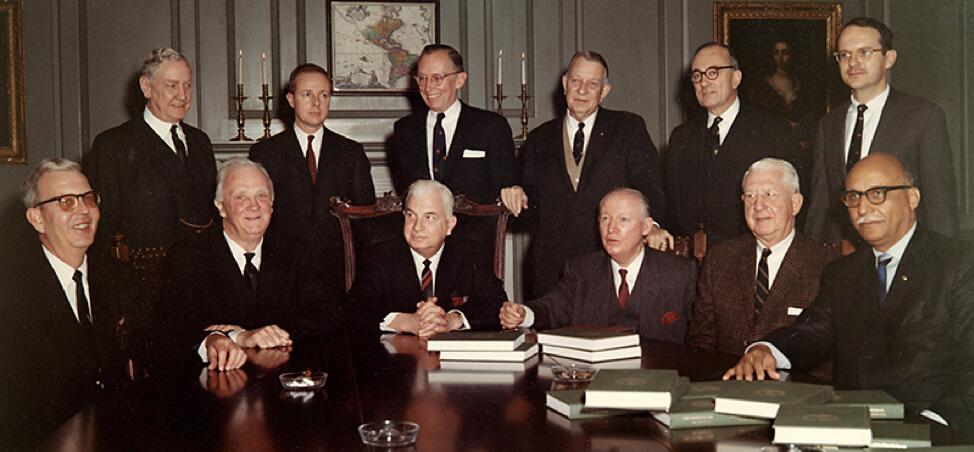
What happened once the process was initiated?
Once the Commission on Constitutional Revision proposed their suggested revisions, substitutions, and amendments, the General Assembly of VA met in special sessions to discuss primarily and in some cases exclusively the suggestions set before them by the Commission. In the state senate, each article was referred to a specific committee. For example, the Committee on Privileges and Elections considered the contents of Articles I, II, and XII, while the Committee on Education debated the language in Article VIII. Once a consensus had been reached, the Article was sent to the House for a similar debate. If changes were suggested the process would start again back in the house, and if not the Articles were then set before the Senate committee chairs and a comparable committee appointed by the House for packaging in order for a formal proposal to the people to be presented. This formal packaging was presented and readily available to each Virginian who wished to receive a copy in order to make an informed decision on whether to reject or ratify the new Constitution. It is important to note that the process by which the 1971 Constitution was introduced was not a Constitutional Convention, although many Virginians of the time believed that to be the case. The major distinction is that should this have been a Constitutional Convention, the changes to the constitution would have been implemented without the vote of the people. Virginians expressed different views about the new Constitution.
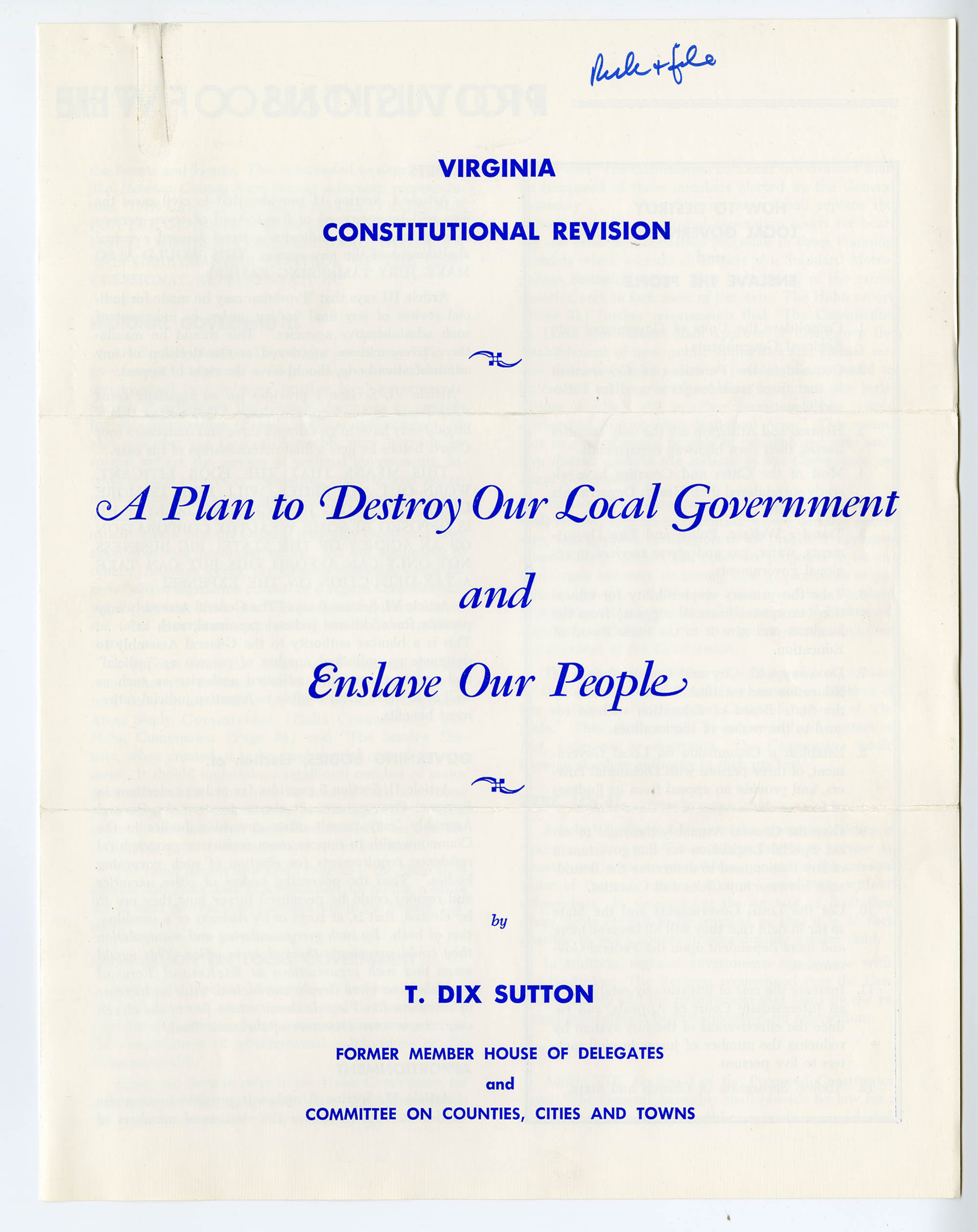
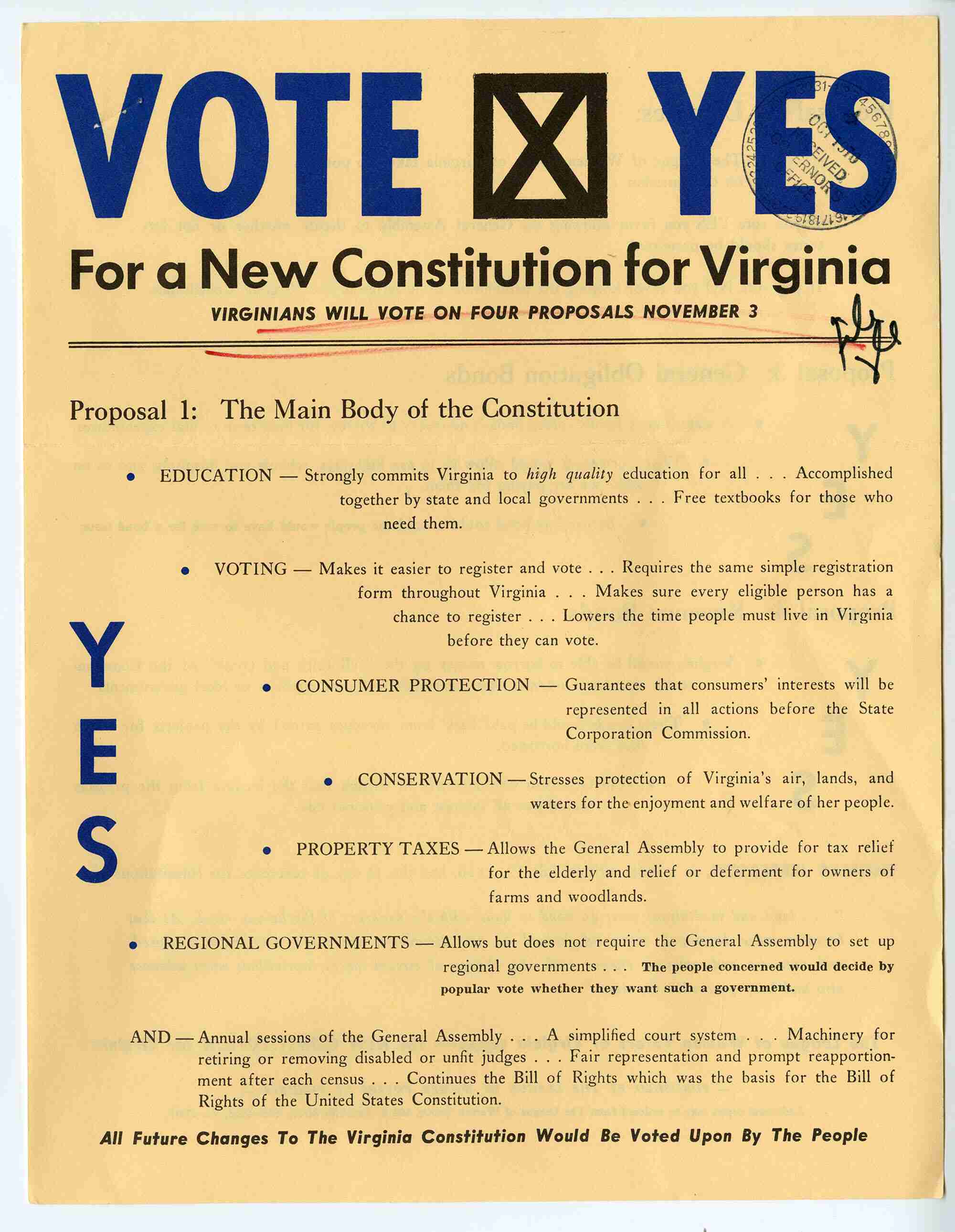
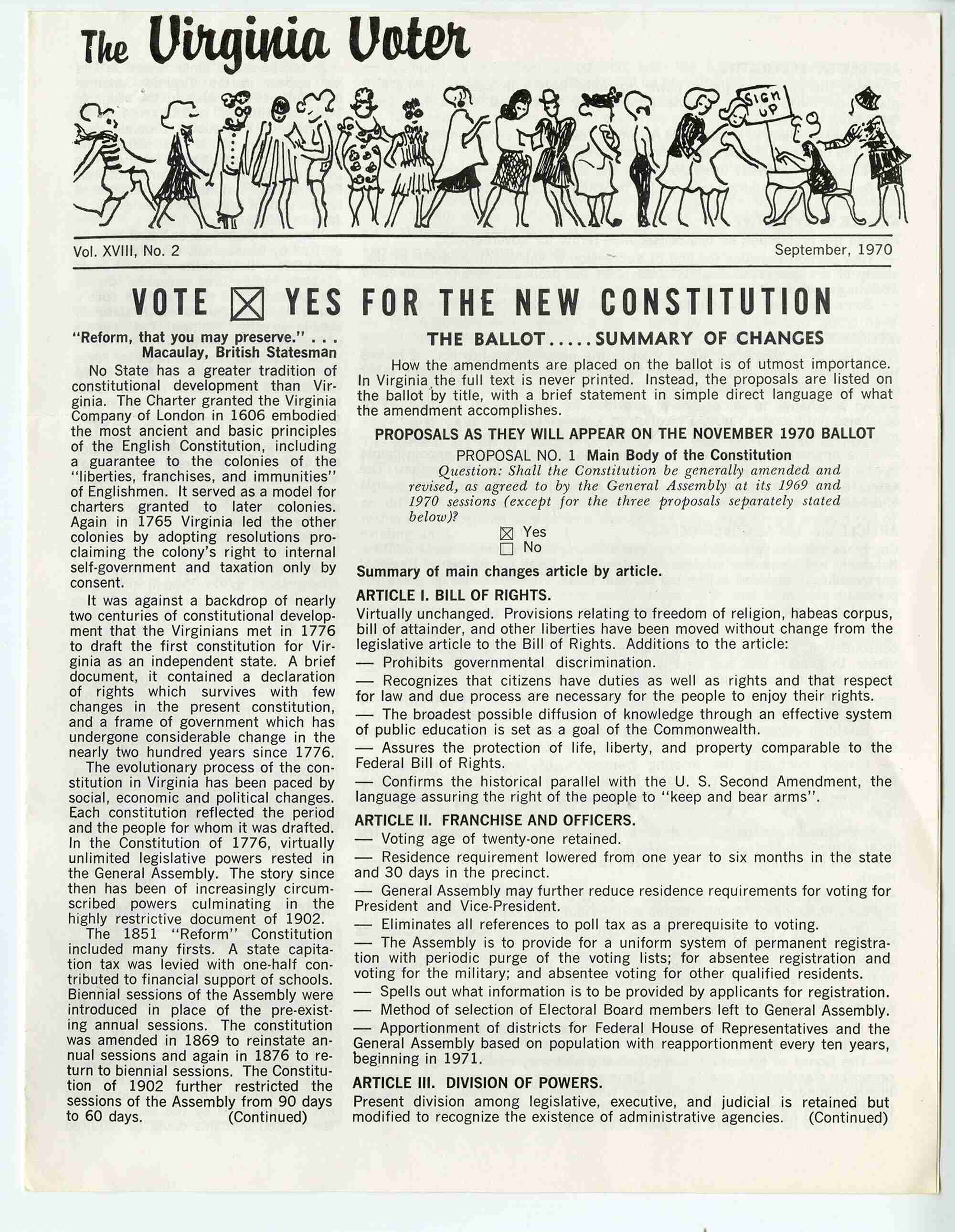

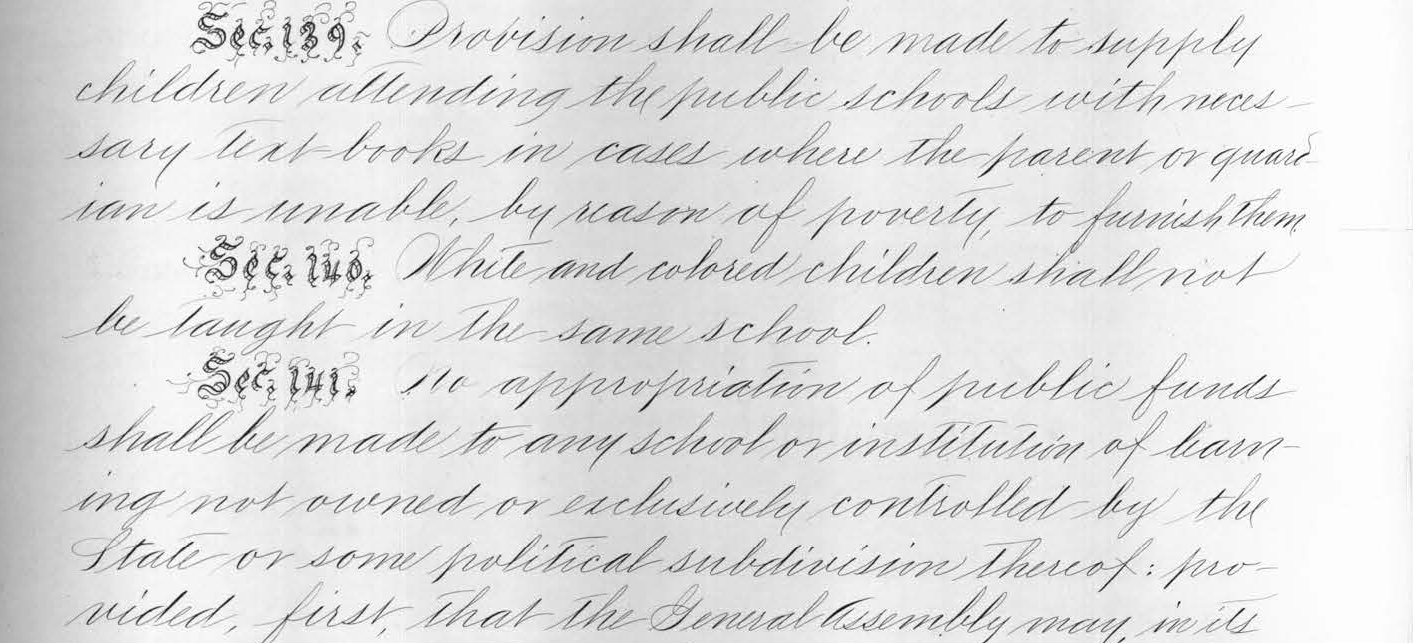
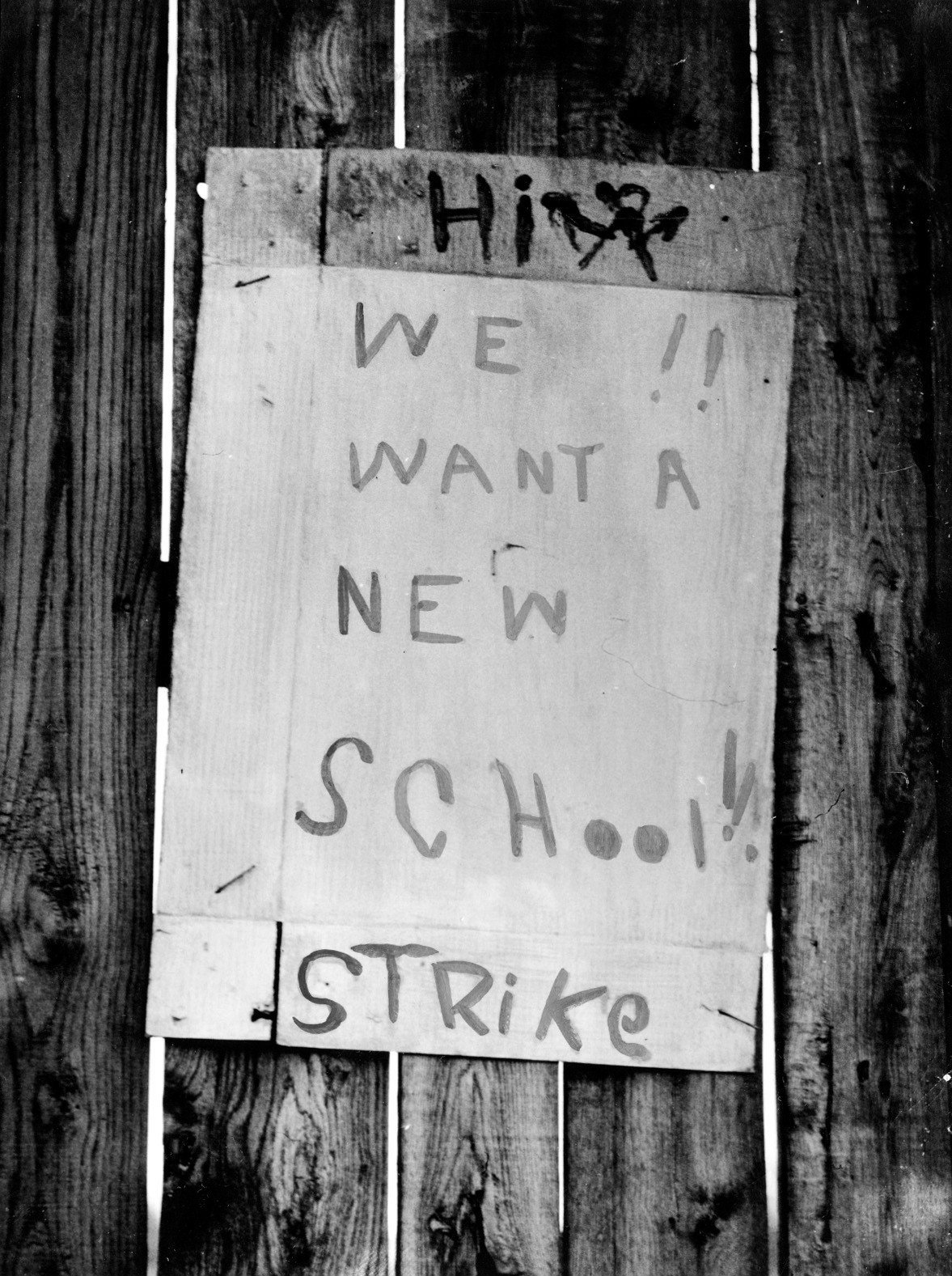
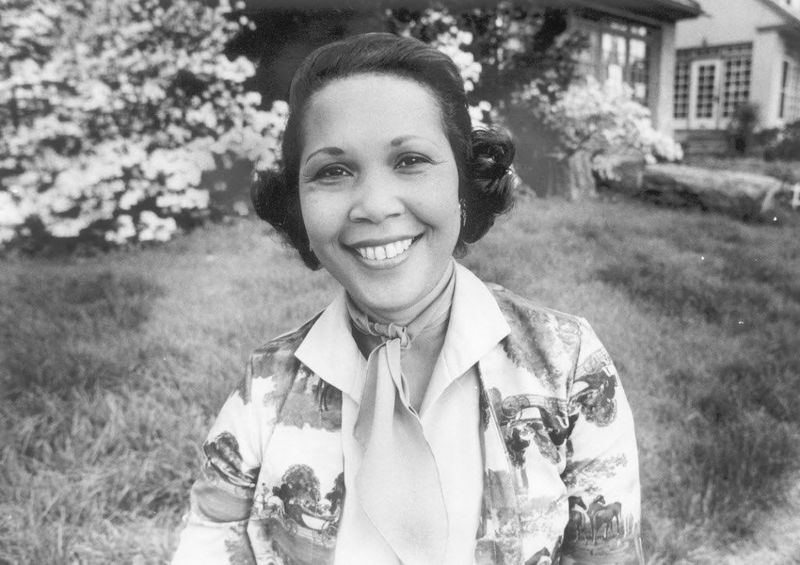
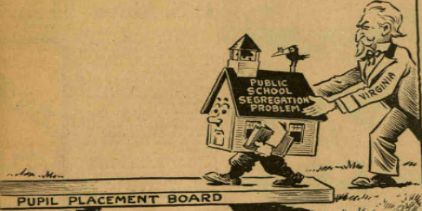
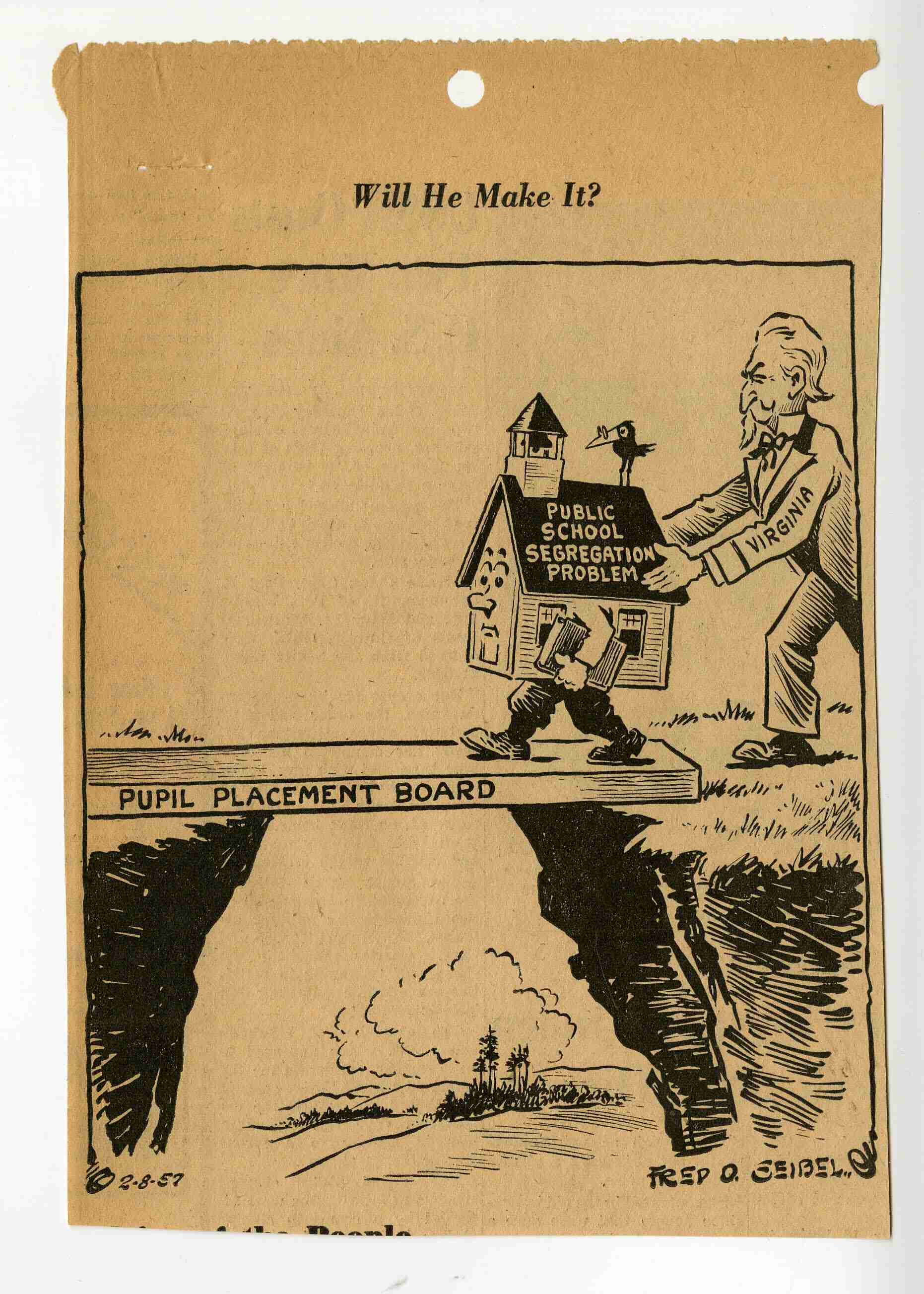
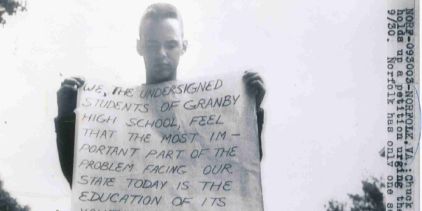
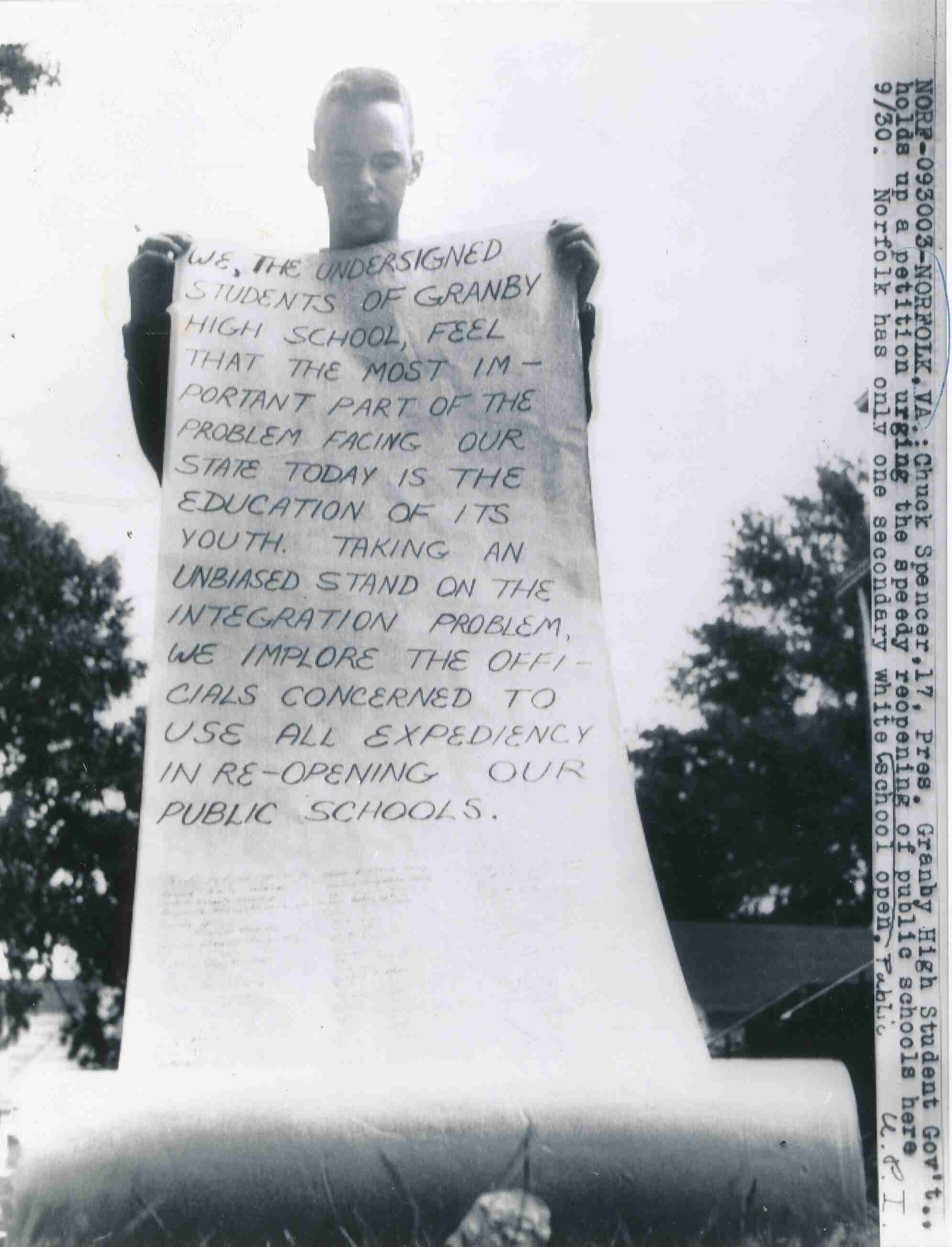
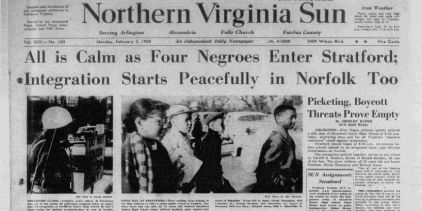
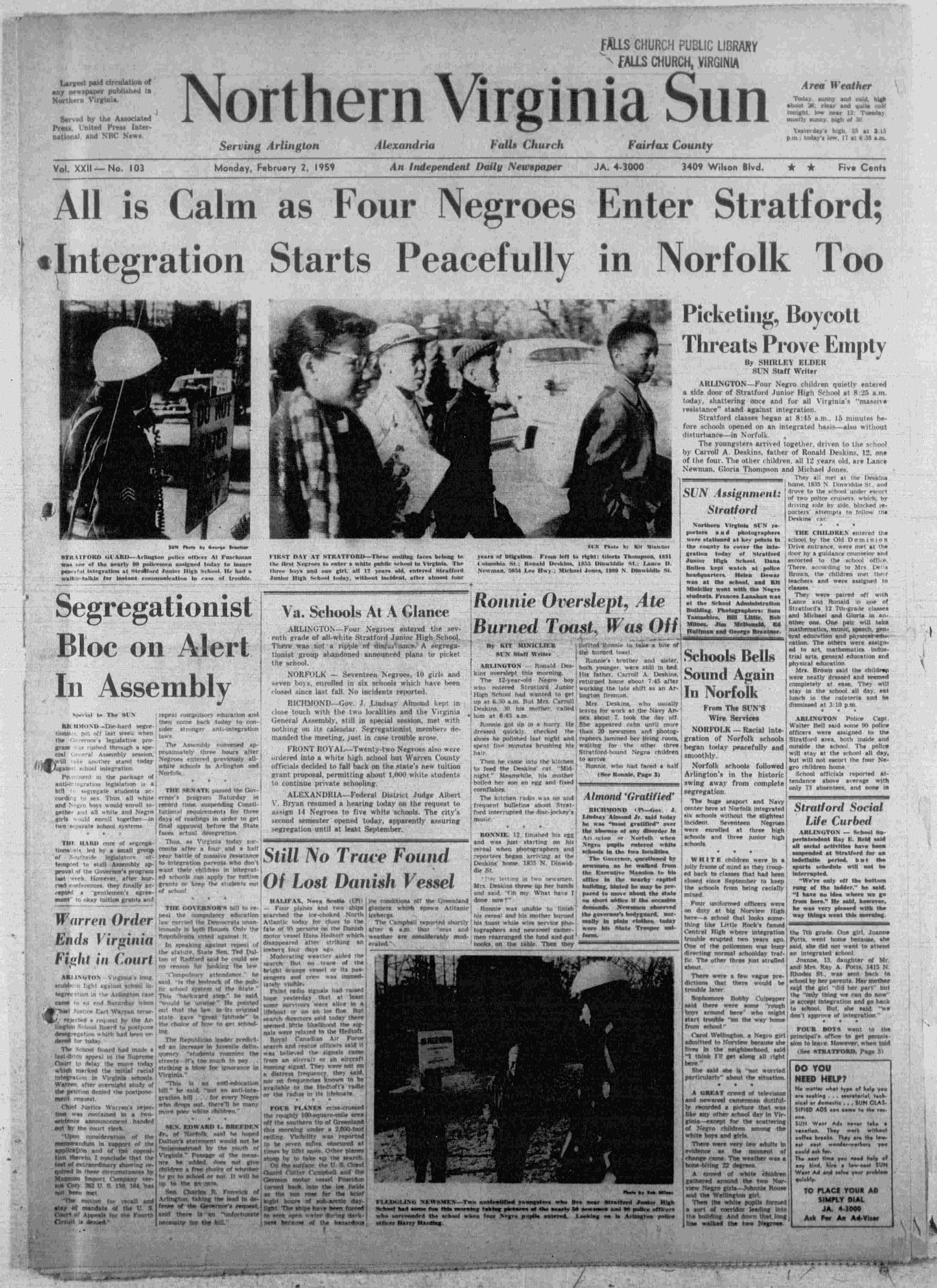
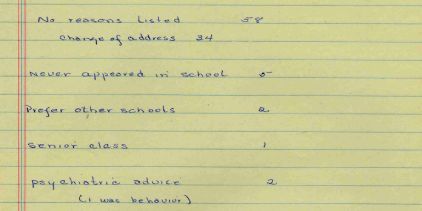
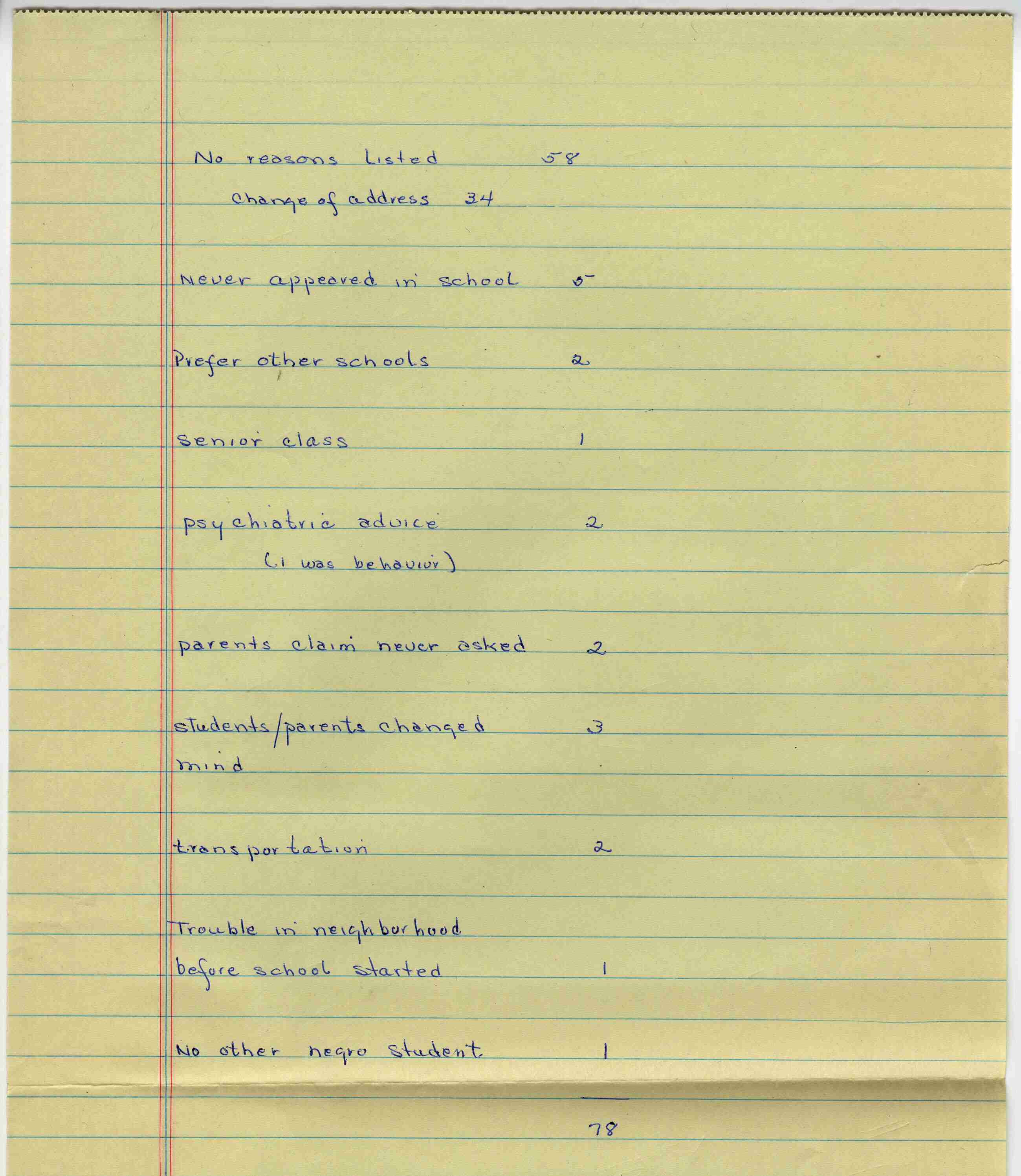
![Annotated Map of Bus Routes for George W. Watkins School; Charles C. Green, et al v. New Kent County School Board of Education et al; Civil Case Files, 1938 - 12/31/1998; Records of District Courts of the United States, Record Group 21; National Archives at Philadelphia, Philadelphia, PA. [Online Version, https://www.docsteach.org/documents/document/map2-new-kent-county-bus-routes]](./resources/img/NewKentMap-banner.jpg)
